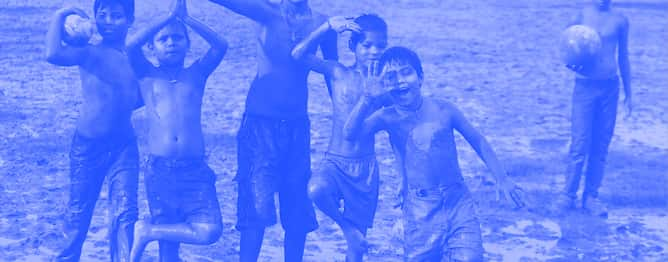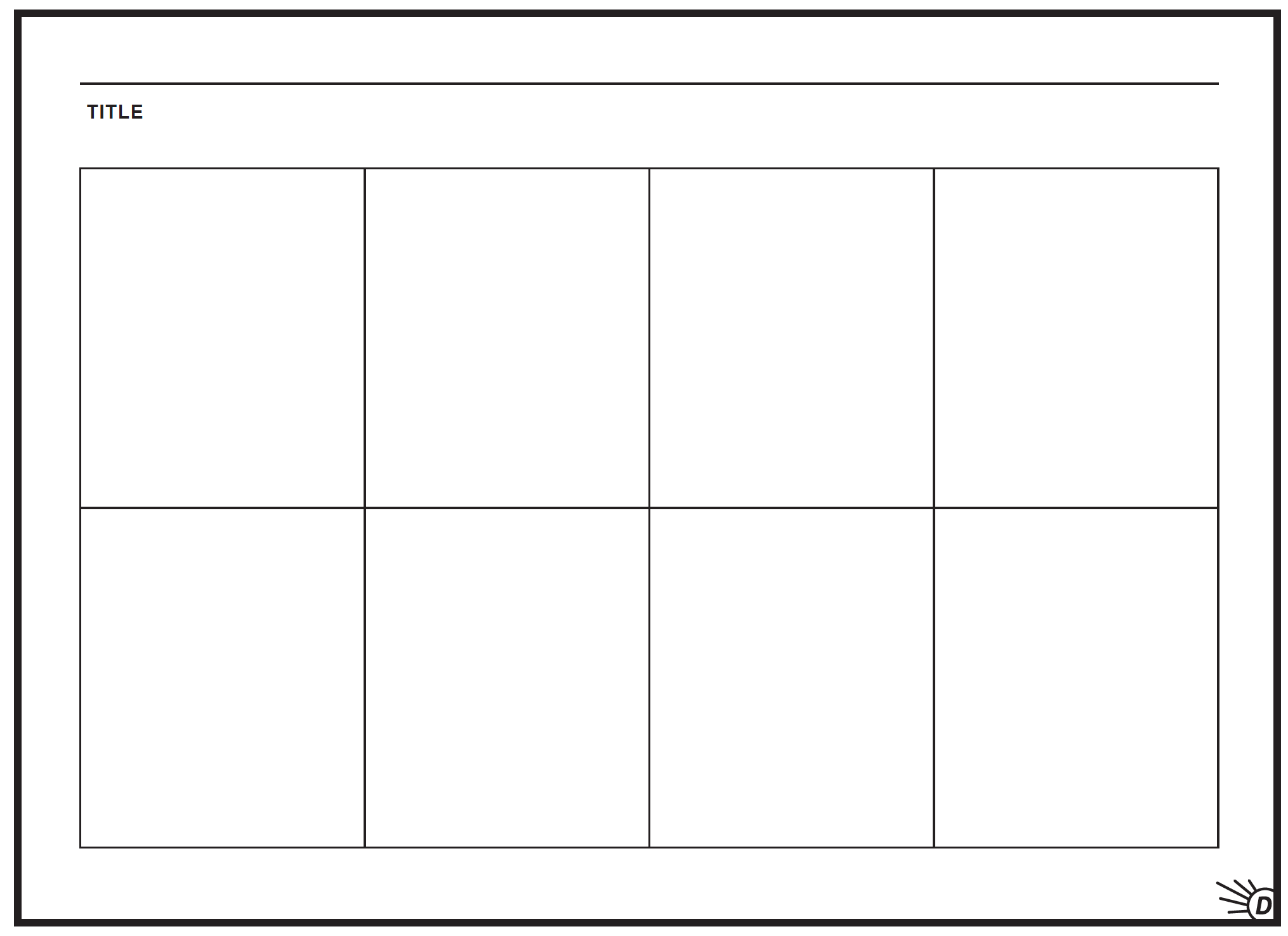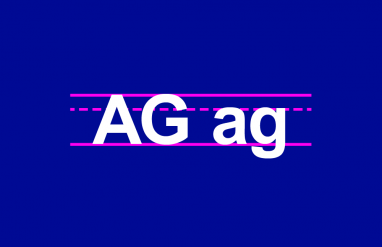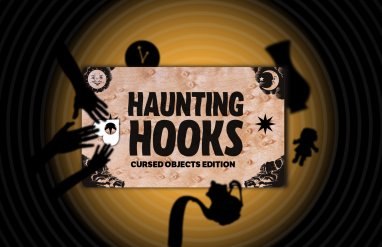Build your young child’s vocabulary with these fun learning activities focused on different types of vocab. You might even learn a new word or two as well!
Learning about figurative language
Figurative language is language that contains or uses figures of speech, especially metaphors. And a lot of figurative language is pretty funny when you look at it literally.
- Guess what the phrase dog days of summer means.
- Does it have to do with our friendly, four-legged friends? Read this article to find out!
- Discuss how dog days of summer is an example of figurative language.
- A figurative phrase does not have the same meaning as the words in it. It has a meaning that people have come to understand over the years. Talk about what the following examples of figurative language mean:
- under the weather
- lightning fast
- snowed under
- like a ray of sunshine
- A figurative phrase does not have the same meaning as the words in it. It has a meaning that people have come to understand over the years. Talk about what the following examples of figurative language mean:
- Write a sentence using each phrase! Add illustrations too!
Listen for figurative language in song lyrics, on TV shows, and in movies.
Look up the meanings of each phrase on Dictionary.com. Keep track of who finds the most examples of figurative language!
Learning about idioms
Idioms are a type of figurative language. Read more about them below.
- Have you heard the saying “once in a blue moon”?
- You probably know that the moon isn’t actually blue. What do you think this saying means?
- Once in a blue moon is an idiom—an expression or saying that does not have the same meaning as its individual words. Instead, idioms have meanings that people have come to understand over the years.
- Review this slideshow to learn about different names for our moon.
- Discuss other idioms about space with your family. Guess what each idiom means.
- Write a sentence using each idiom. Then have them replace the idiom with a different word or phrase that means the same thing. Which version do they think is better?
Look up some idioms in the dictionary as a family.
Quiz each other on what they mean.
- We also have many slideshows to look at for lists of idioms too!
Make up some family idioms that you can use while home on break with each other.
They can be secret codes that only your family knows the meaning of.
Write down your family idioms.
Decorate them and hang them on your fridge or wall so you can remember what they are and how to use them.
Learning about compound words
Compound words are made up of smaller words. Complete these activities about compound words to better explain the concept to your child.
- Compound words are longer words made from two smaller words. The meanings of the smaller words can help readers and listeners understand the meaning of the longer word. Here’s an example:
- Write the word snowman
- Fnd the two words in snowman.
- Using the meanings of snow and man, come up with a definition for snowman.
- Check their definition on Dictionary.com!
- Work together with your family to create a chart with the words snow, rain, day, night, and sun at the top of the page.
- List as many compound words as you can think of that use these shorter words.
Psst! Stuck? Visit the Dictionary.com entry (linked above) for each word and find the “Words Related to _____” section for some ideas!
Learning about synonyms & antonyms
Synonyms and antonyms are harder concepts for kids to learn. But by completing these activities, they can easier understand how some words mean the same things and how some are opposites.
- Hot and toasty; cold and frozen: these word pairs are synonyms.
- Synonyms are words that have the same, or almost the same, meaning.
- Look up the word windy on Thesaurus.com.
-
- Which words are synonyms of windy?
- Try using different synonyms in this sentence: It was so _____ outside, I thought I might blow away!
- Which word do you like best in the sentence? Why?
-
- Rainy and dry; cloudy and clear: these word pairs are antonyms.
-
- Antonyms are words with opposite meanings.
-
- Look up the word dreary on Thesaurus.com, and scroll down to the antonyms section.
- Which words mean the opposite of dreary?
- Choose the word that works best in these sentences: The weather is dreary today. I hope it is _____ outside tomorrow!
- Have you played Guess that Synonym yet? Now is your chance!
Have family members each write a descriptive sentence and pass it on.
Players then cross out one word and replace it with a synonym or an antonym.
- Continue to pass on the sentences 3–4 times. Compare the final sentences to the first sentences. How did the meaning change?
Learning about shades of meaning
Learn about words that are similar in meaning but that may vary in degree or intensity.
- A pretty sunset is nice to look at but a gorgeous sunset is even more pleasing to the eye.
- These adjectives have different shades of meaning.
- Now watch this video about some words that mean cold.
- List the different words from the video that mean “cold”: chilly, crisp, frosty, frigid.
- Write the words in order from least cold to most cold, and explain their reasoning. Check the definitions on Dictionary.com if you need help.
Paint shades of meaning
Do you have any old paint cards lying around your home? The shades of light to dark on a paint card can show shades of meaning, too! You can make your own using different shades of one color (such as green) if you don’t have any from the store.
- Have your child choose a series of related words and write them on the paint chip, with the intensity of each word matching the intensity of the color.
Work with children to write a Goldilocks and the Three Bears-style story.
It should be about a problem that involves two extremes and finding something that’s “just right.”
- For example, perhaps a family wants to go on a picnic, but one day it is frigid and the next day it is sweltering. Then, on the third, day the weather is mild—or “just right.”
Learning about onomatopoeia
Watch this video about onomatopoeia to figure out what this long, funny-sound word means.
WATCH: What Kind Of Words Are Onomatopoeia?
- Give more examples of onomatopoeia words. Write them down or just tell them to a family member.
- Create your own comic strip by inserting onomatopoeia words into the speech bubbles (click on the image below for a printable copy). Read your family the comic after you are done.














